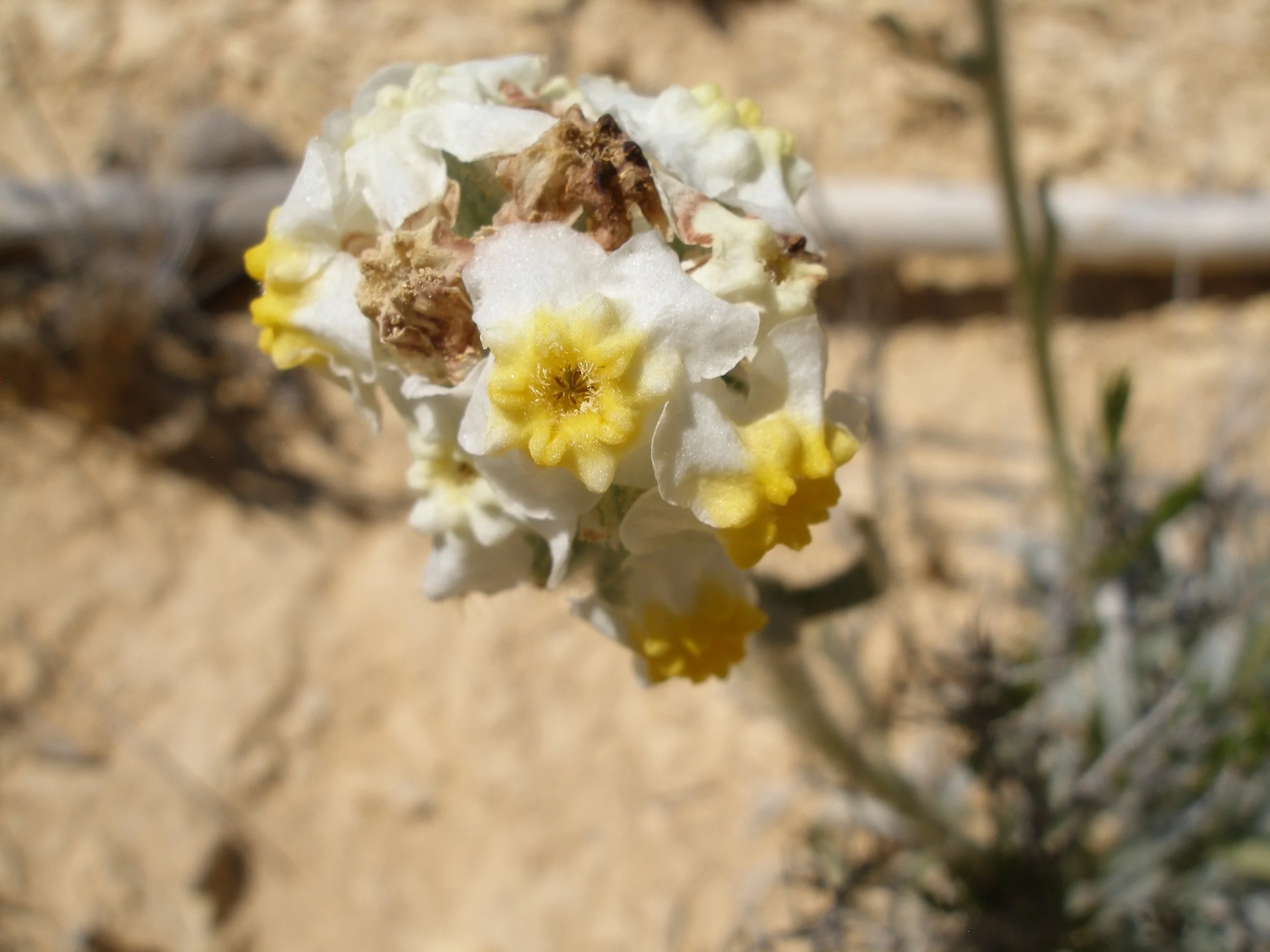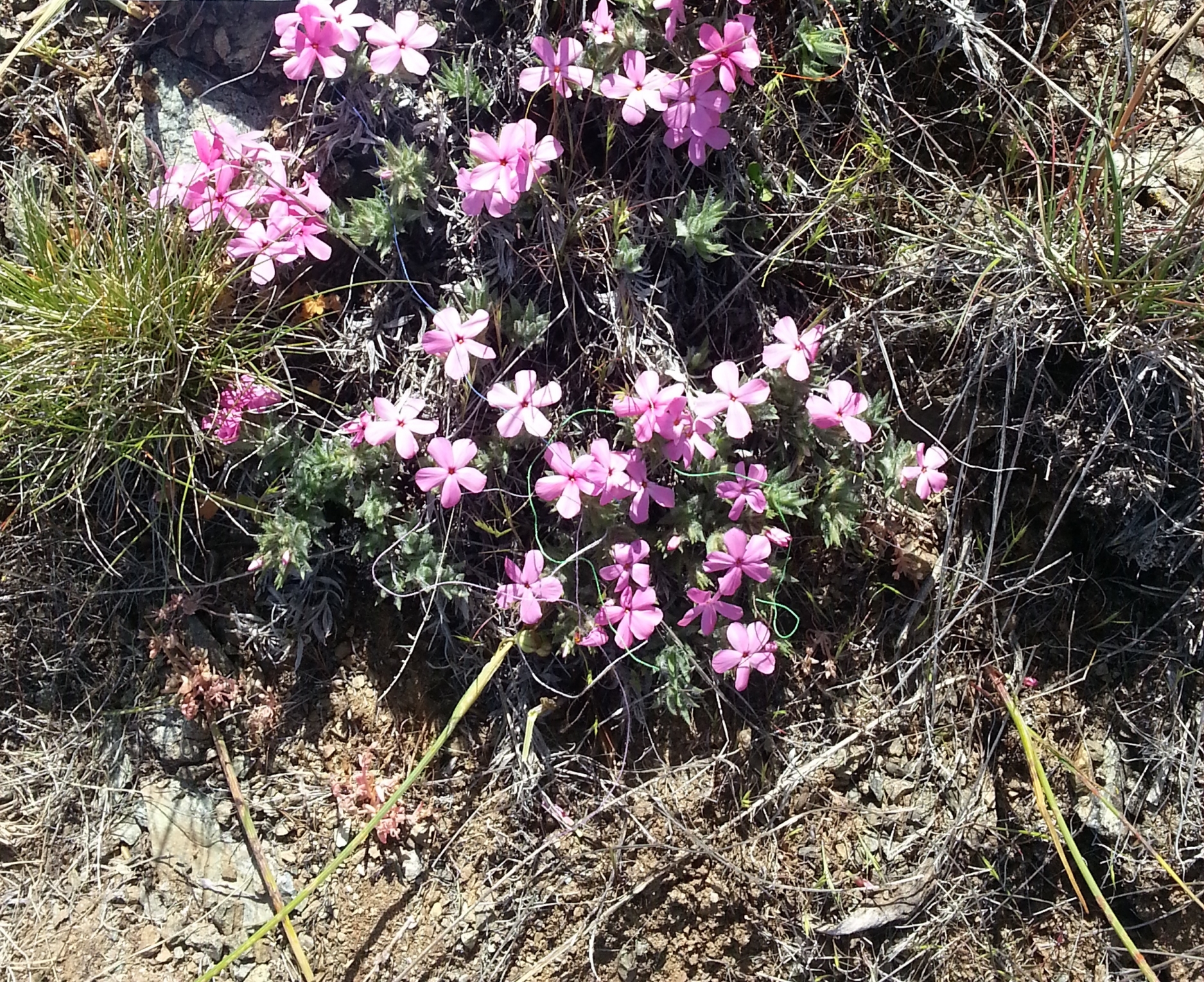Plant Conservation
Plant diversity and abundance varies throughout the world. In some areas, plant diversity is threatened, and this is particularly problematic for rare plants. Conservation efforts are undertaken to protect these species in order to preserve biodiversity for future generations of humans and ecosystems. Two plant species that are a focus of conservation efforts are Oreocarya crassipes (the Terlingua Creek Cat's-Eye), Phlox hirsuta (the Yreka Phlox), and Iris lacustris (the Dwarf Lake Iris). All of these species have limited geographic distributions and may be threatened by increasing development, so understanding their population structure and breeding system is important in order to help better conserve them. Using a combination of field and molecular biology techniques, colleagues, students, and I are working to ensure that these species will be able to continue to survive in their native habitats.


